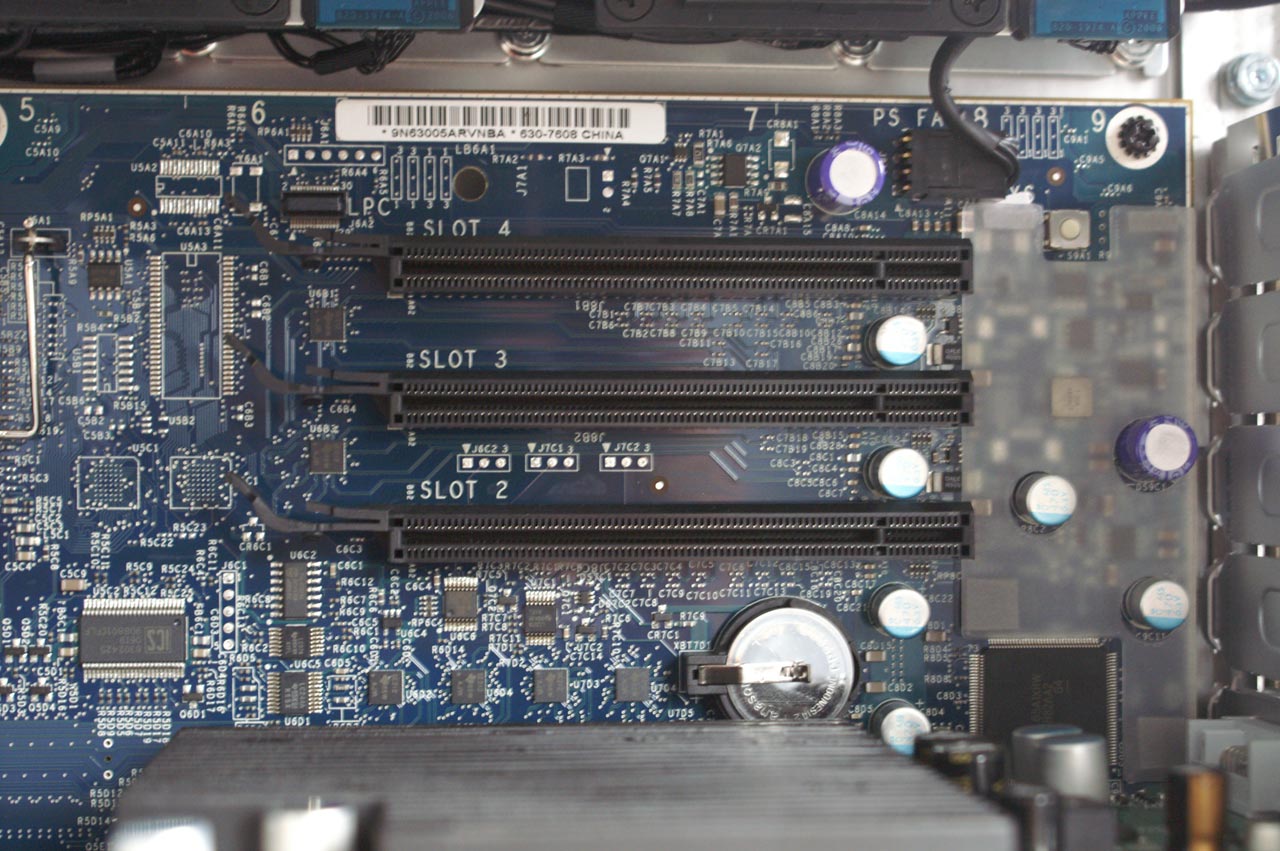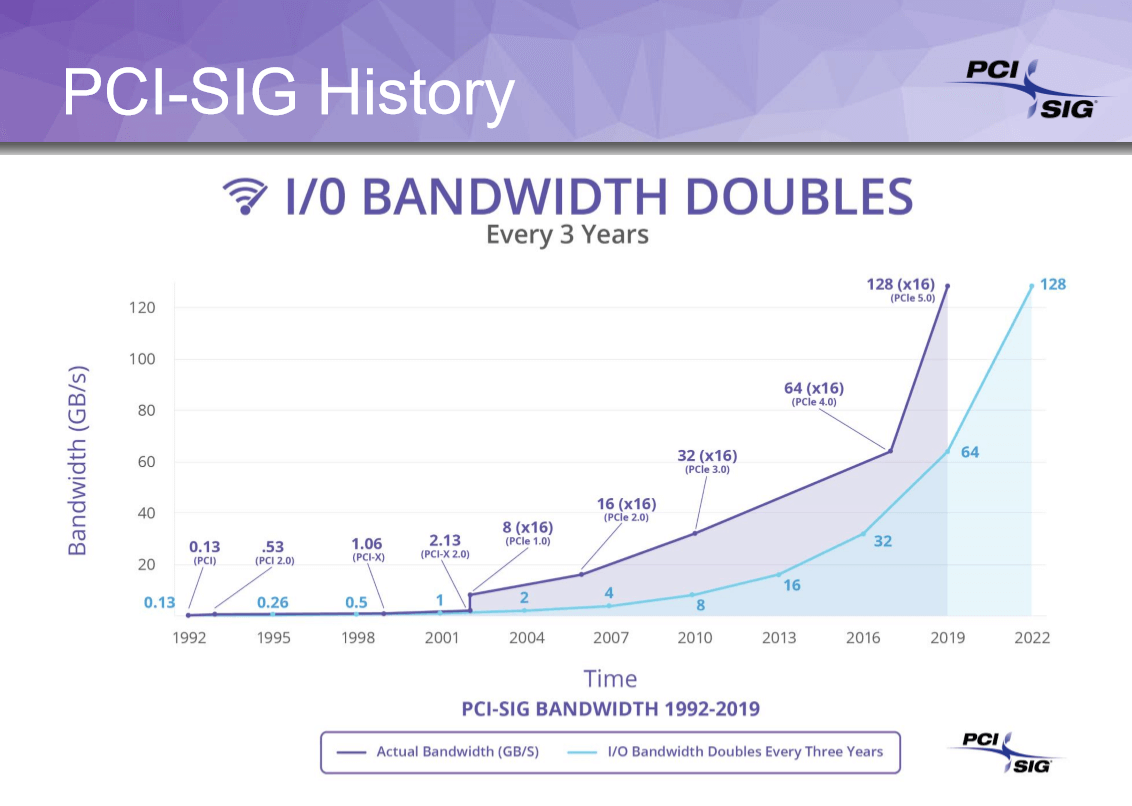What just happened? Are you excited about the arrival of PCIe 4.0? Despite the latest standard still not being available to consumers, the PCI-SIG (Peripheral Component Interconnect Special Interest Group) has announced its successor: the PCIe 5.0 specification.

AMD’s new X570 chipset, designed for the upcoming Ryzen 3000 series CPUs, comes with PCIe 4.0 support, enabling hardware such as Gigabyte’s Aorus AIC Gen4—a PCIe 4.0-based SSD card that can reach read speeds of 15 GB/s when running in a RAID 0 configuration. But PCI-SIG isn’t standing still—the consortium says the PCIe 5.0 spec has now been completed and sent out to members.
Taking 18 months to develop, PCIe 5.0 doubles the peak bandwidth of PCIe 4.0 from 64GB/second to 128GB/s via x16 configuration. It also boasts a raw bit rate of 32GT/s, which PCI-SIG says will allow it to target high-performance applications such as machine learning, artificial intelligence, gaming, storage, visual computing and networking.
Other PCIe 5.0 specifications include:
- Leverages and adds to the PCIe 4.0 specification and its support for higher speeds via extended tags and credits
- Implements electrical changes to improve signal integrity and mechanical performance of connectors
- Includes new backwards compatible CEM connector targeted for add-in cards
- Maintains backwards compatibility with PCIe 4.0, 3.x, 2.x and 1.x
The reason PCIe 5.0 has been ratified before PCIe 4.0’s consumer launch is the latter’s delay; having stuck with a four-year release cycle for PCIe 1.0, 2.0, and 3.0, there were seven years between the arrival of PCIe 3.0 in 2010 and the completion of PCIe 4.0 in 2017.
“AMD congratulates PCI-SIG on the release of the PCI Express 5.0 specification to the industry and the future 2x increase in performance it is expected to deliver. We expect to bring our first PCIe 4.0 specification CPUs to market this year and look forward to meeting the future bandwidth demands of end-users with PCIe 5.0 technology," AMD said in a statement.
With PCIe 4.0 only just rolling out, it will be a couple of years before support for PCIe 5.0 arrives.
